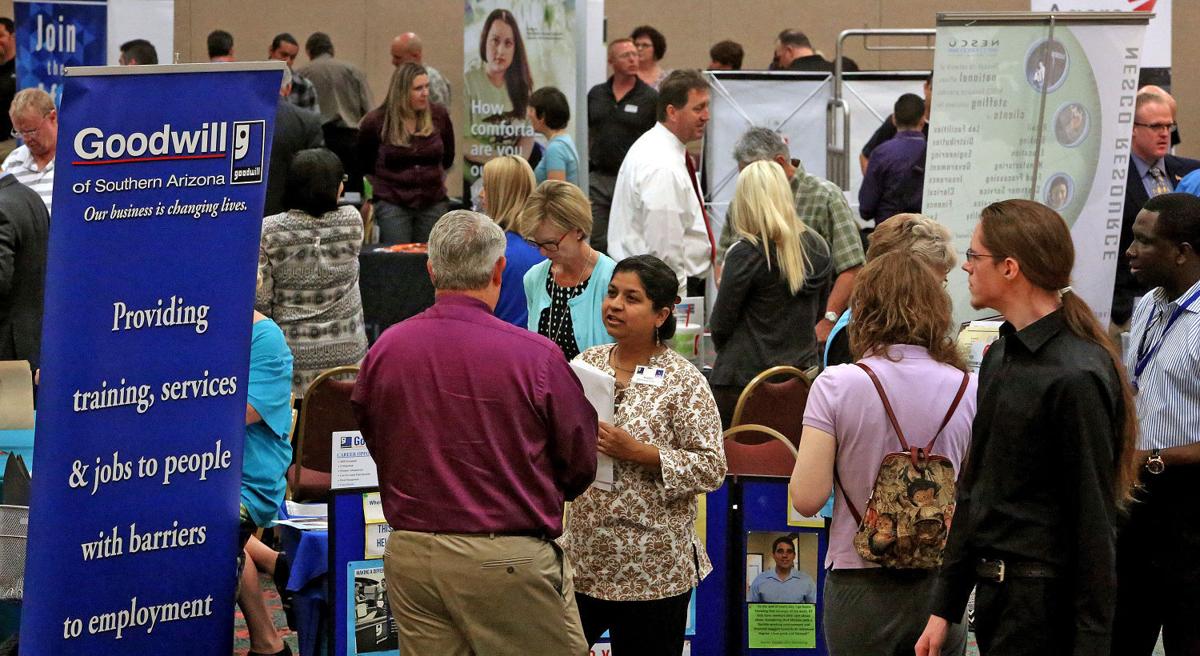PHOENIX — The state’s jobless rate ticked up last month amid continued weakness in the computer and electronics sector.
Arizona posted a seasonally adjusted unemployment rate in April of 5.5 percent. That compares with 5.4 percent the prior month and 6 percent a year earlier.
The federal jobless figure remained steady at 5 percent.
Despite the slight increase, Doug Walls, research administrator for the Arizona Department of Administration, said the overall situation remains positive.
“April tends to be a month of minimal employment activity,” he said, with few gains and few losses. Overall, the state added a fairly anemic 5,900 private sector jobs in the past month.
But Walls also pointed out that the year-over-year figure was 81,100. That translates to a 3.7 percent growth rate.
“These are levels that we haven’t seen reported in the private sector since late 2006,” he said.
The strongest growth last month was in professional and business services, which added 6,800 jobs. But that was offset by losses elsewhere, notably 1,700 jobs shed in manufacturing.
The weakest of the industries within that sector appears to be in employment in computer and electronic parts, which has had more or less sustained losses now for a year.
Walls said he had no specific ideas on what is happening in that industry. But there have been other signs of problems.
Honeywell, the state’s 15th largest employer, announced last year that it would lay off about 100 workers this spring.
And Intel said last month it was letting 560 workers go. But the effective date of that was listed as late in April, after the census of employers that resulted in the latest jobless numbers. That portends worse numbers when the May unemployment figures are announced next month.
Economist Dennis Hoffman of the W.P. Carey School of Business at Arizona State University said employment in the entire manufacturing sector is weak, not just in Arizona but nationwide.
But Hoffman said that does not necessarily mean that the industry is disappearing, as some political candidates have suggested, and needs to be “brought back.”
He said in the last 20 years, domestic manufacturing output has increased by 50 percent. Yet employment levels are 30 percent below where they were at that time. And he said that trend is likely to continue.
“When you get new manufacturing businesses anywhere, any place, pretty much anyhow, it will come with incredibly sophisticated robotics and automation of manufacturing processes,” Hoffman said.





